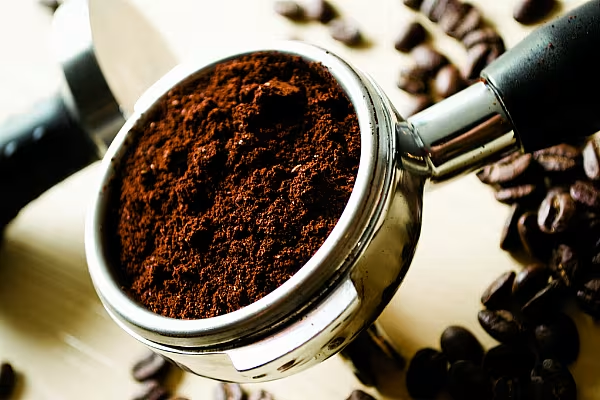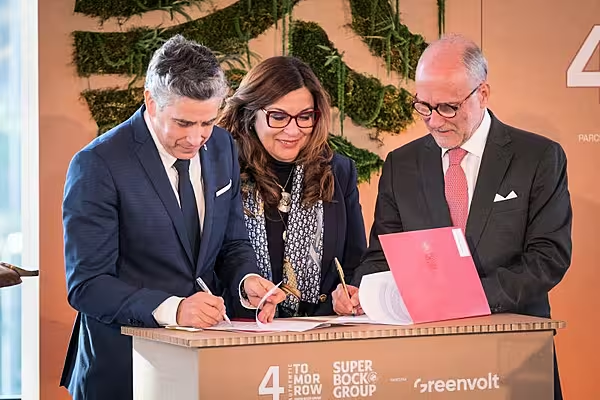Arabica coffee climbed to a one-week high as stockpiles of the beans favored by Starbucks Corp. dropped to the lowest in more than three years.
Inventories in warehouses monitored by the ICE Futures U.S. exchange have fallen to 1.568 million bags, exchange data showed. Fewer beans have entered the reserves because Latin American supplies, which usually make up most of the stockpiles, have been trading at a higher premium to futures. That has reduced the incentive for traders to grade them for delivery against exchange contracts.
Prices rallied 2.2 per cent Friday as coffee exporters’ council Cecafe said shipments from top producer Brazil slipped 13 per cent in January from a year earlier. US markets were closed Monday for a holiday.
"The bull camp keeps a close eye on Brazil exports and drawdowns in global stockpiles," Toby Donovan, a broker at BGC Partners in London, said in an e-mailed report. Traders in the physical market "continue to be vocal in the lack of competitively priced higher quality arabicas," he said.
Arabica for May delivery gained 0.7 per cent to $1.1835 a pound by 6:31 am on ICE Futures in New York, after earlier touching the highest since February 8.
Colombian arabica for shipment in March and April were 12 cents above New York futures on Friday and beans from Honduras were at a premium of 4 cents, according to trader Volcafe Ltd.
The El Nino weather pattern is reducing crop quality in Colombia, and dryness there may cut output by 1 million bags, Rodrigo Costa, a director of coffee at Societe Generale SA, wrote in a report for Sao Paulo-based Archer Consulting. An interruption in Colombian output growth should support futures prices as production has stagnated in other washed-arabica producers, he said.
In London, robusta coffee for May gained 0.4 per cent to $1,438 a metric tonne on ICE Futures Europe. That contract is now trading at a premium of $19 a tonne to March futures, narrowing the difference from $29 a week earlier.
News by Bloomberg, edited by ESM. To subscribe to ESM: The European Supermarket Magazine, click here.











